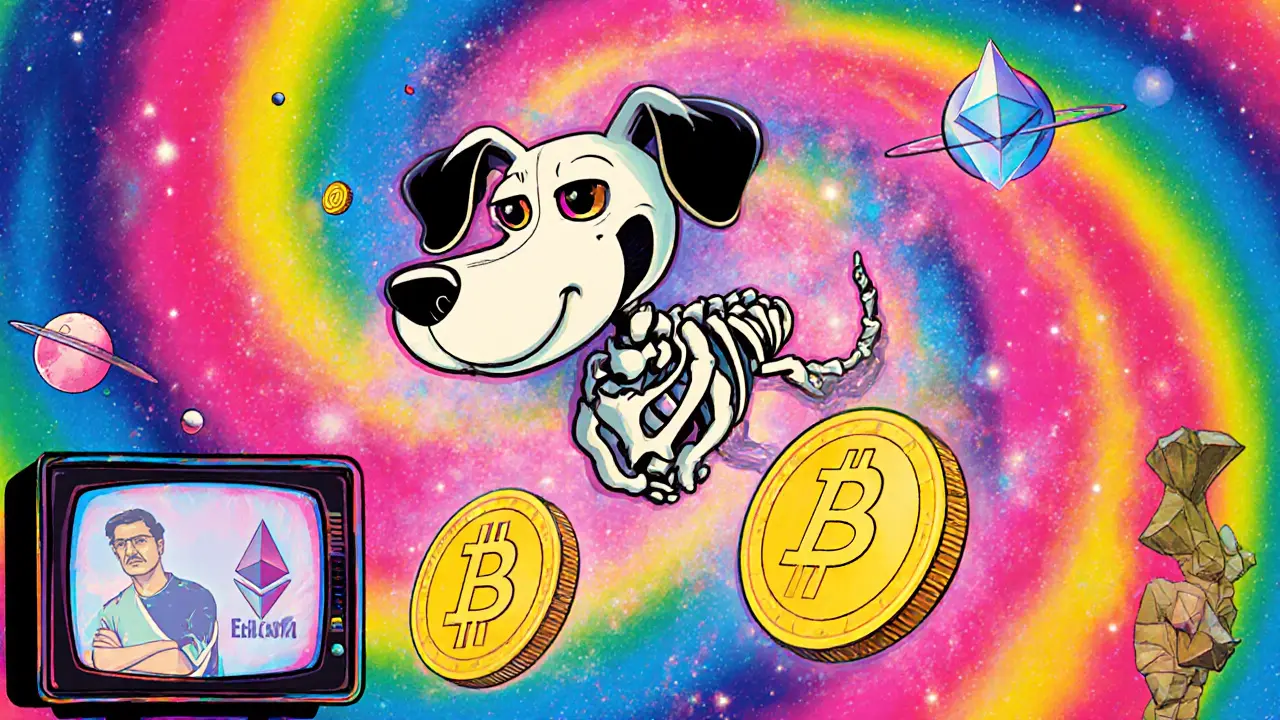Crypto Token Overview – Everything You Need
When exploring crypto token, a digital asset that represents a unit of value on a blockchain, you’ll quickly encounter key ideas that shape its behavior. Tokenomics, the economic model defining supply, distribution, and incentives determines how scarce or abundant a token can be. Airdrop, a free distribution event used to jump‑start community participation often leverages tokenomics to decide who gets what. Staking, locking tokens to earn rewards while supporting network security creates demand and helps secure the underlying protocol. These concepts are tightly linked: a crypto token encompasses tokenomics, airdrops distribute crypto tokens, and staking secures the network with crypto tokens. Understanding them together gives a clear picture of why a token might surge, stay flat, or become a utility within a dApp ecosystem. crypto token knowledge is the first step toward smart investing and active participation.
Key Aspects That Define a Crypto Token
Tokenomics breaks down into three core attributes: total supply, distribution mechanics, and incentive layers. A limited supply—like Bitcoin’s 21 million cap—creates scarcity, while a flexible supply model lets projects mint new tokens for governance or ecosystem growth. Distribution mechanics cover pre‑sales, public sales, and airdrops; each method influences community composition and early price dynamics. Incentive layers include staking rewards, liquidity mining, and governance voting rights, all of which tie back to platform cryptocurrency, the native token that powers a blockchain’s transaction fees, security, and smart‑contract execution. When a platform’s token is used for gas fees, dApp developers, and staking, the ecosystem gains a self‑reinforcing loop—more usage drives demand, which in turn fuels staking and liquidity provision. Additionally, token vesting schedules—cliff versus linear—shape how early investors and team members receive their tokens, impacting long‑term price stability.
The practical side of crypto tokens shows up in everyday actions: claiming an airdrop, swapping on a decentralized exchange, or locking tokens in a liquidity pool. Our collection below walks you through real‑world examples, from a deep dive into the StackSwap exchange and its native STSW token, to step‑by‑step guides on claiming the BRKL airdrop or understanding the QAI AI token’s outlook. You’ll also find analyses of staking strategies, token vesting mechanics, and how platform tokens like BETH enable liquid staking. Whether you’re a trader looking for fee‑saving tricks or a developer curious about platform token utility, the posts ahead give actionable insights that build on the fundamentals outlined here.
Now that you have a solid grounding in what a crypto token is, how tokenomics structures its value, and why airdrops and staking matter, dive into the articles below. They expand on each topic with hands‑on reviews, guides, and the latest market data, helping you turn theory into practice.
Fleabone (BONE) Crypto Coin Explained - What It Is, How It Works, and Risks
A concise guide to Fleabone (BONE) crypto coin, covering its purpose, market data, tokenomics, utility, risks, and how to acquire it.
